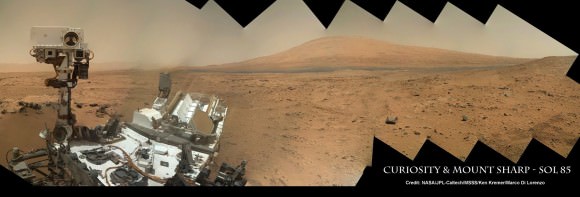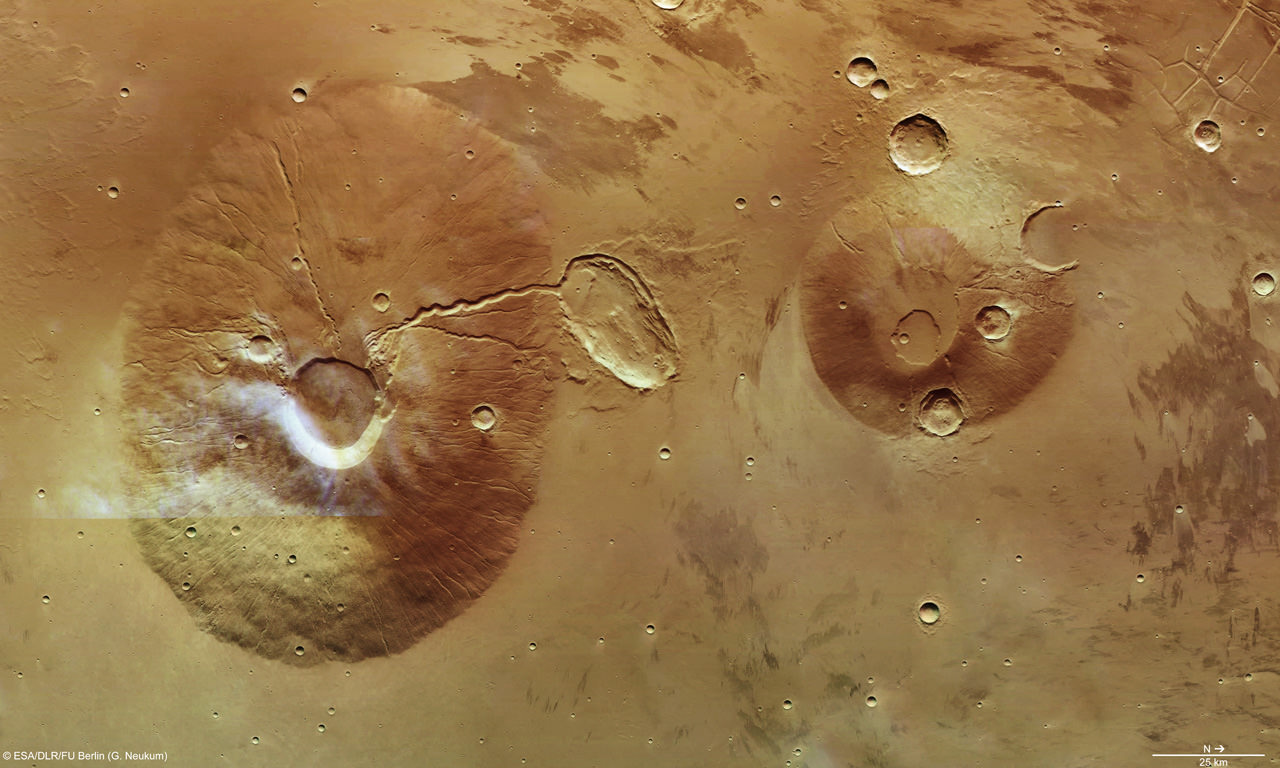Could a Martian volcanic explosion show off the path to water? One research team thinks so. They analyzed volcanic rock samples on Earth and Mars and came up with a way of predicting which ones touched water during their formation.
The Mars results are so far negative: no water using this method was found at the Curiosity rover’s landing site at Gale Crater and the Spirit rover’s former stomping grounds at Gusev Crater. That said, the science team believes this could supplement existing searches for water on Mars in sedimentary rock.
“I think this quantification of volcanic textures is a new facet of the water story that hasn’t yet been explored,” stated Kellie Wall, a geology undergraduate student at Washington State University who led the research.
“Most of the studies searching for water have focused on either looking for sedimentary structures—large- and small-scale—for evidence of water, or looking for rocks like limestones that actually would have formed in a water-rich environment.”

There is abundant evidence that water flowed on Mars in the distant past, implying the planet had a thicker atmosphere that allowed liquid water to flow and pool abundantly on the surface. NASA’s rovers and several orbiting vehicles have seen evidence of rocks that formed in water (such as this rock Curiosity recently spotted) as well as features such as chasms that were likely cut by running water, long ago.
But volcanic rock remains a less explored frontier on Mars, the team argues. It’s known that water on Earth can speed up the cooling process of volcanic rock, creating glass. Without water, cooling slows and more crystals are formed. The team then compared observations from two sites on Mars with x-ray diffraction observations they performed on samples they had from New Zealand and Italy’s Mount Etna.
They found that Earth rocks that included water in their formation had crystallinity ranging from 8% to 35%, while those without water had crystals composing 45% of the material and up. And the Mars samples? You guessed it, they had fewer crystals, implying the volcanoes erupted with no water interaction.
A paper based on the research was published in Nature Communications.
Source: Washington State University

